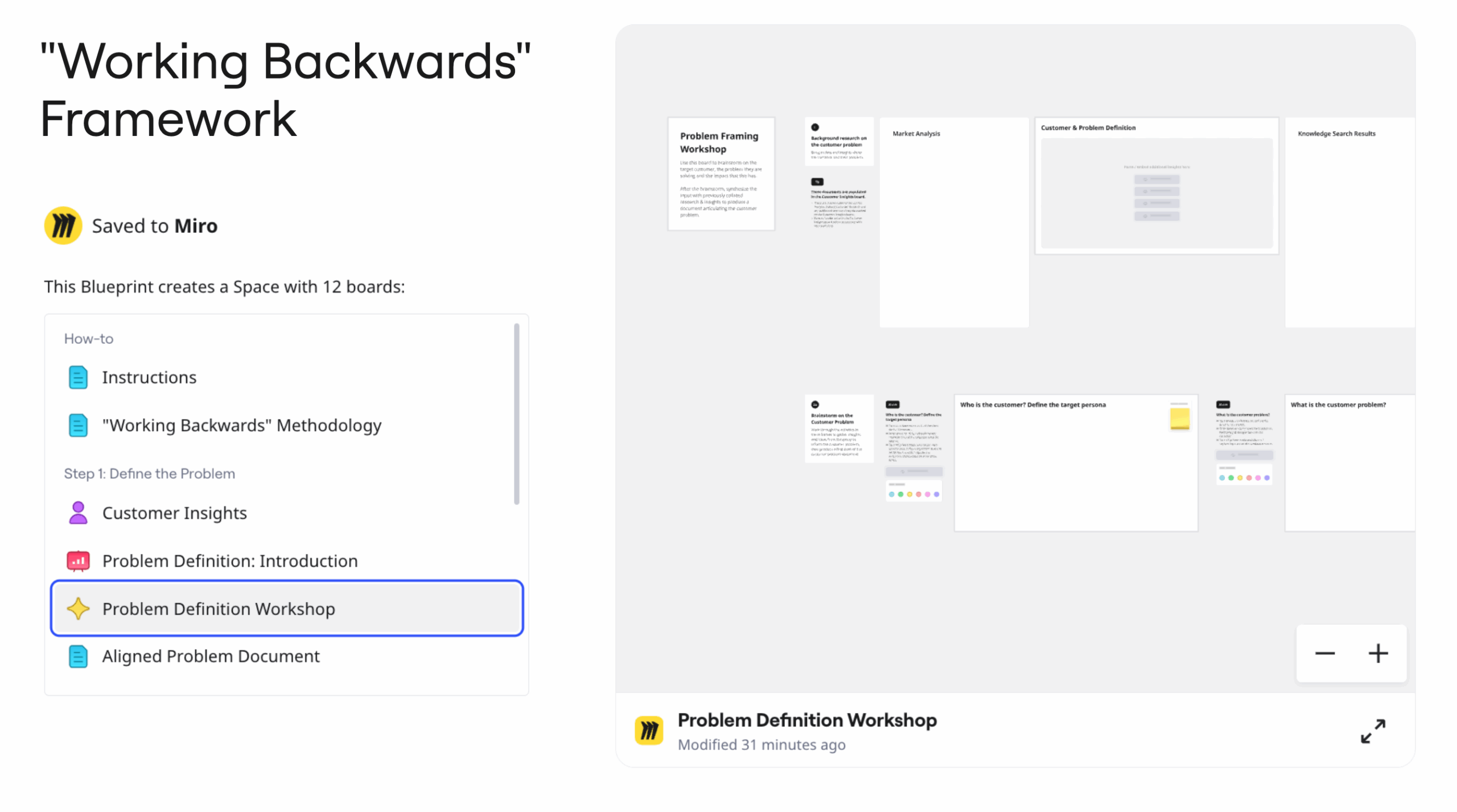It all started with these 4 C’s of 21st century education: critical thinking, collaboration, communication, and creativity. These are the skills that many teachers are familiar with and are already implementing in your classrooms. However, Brian S. Miller suggested the addition of more C’s and introduced the world to the new, augmented concept—the 6 C’s of education. He developed the concept after talking to his colleagues, listening to their suggestions, and studying the materials of education leaders of today. In this post, we’ll take a look at this concept.
The importance of the 6 C’s of education
Before digging deep into the concept, it’s important to highlight the value of these new educational skills. The key purpose of educational institutions is to prepare children for their future jobs. However, the problem educational institutions are facing is that future of today’s children can be so unpredictable.
Jobs we can’t even imagine are created every day. Employers require creative and problem-solving skills plus the ability to adapt to changes. Those new skills and abilities kids can’t polish by solving standardized tests. That’s why teachers need to foster new skills in the classroom—skills of the 6 C’s of education.
6 C’s of Education
Critical thinking
Critical thinking is the process of filtering, analyzing, and questioning information/content found in various media, and then synthesizing it in a form that offers value to an individual. It allows students to make sense of the presented content and apply it to their daily lives.
Collaboration
Collaboration is the skill of utilizing various personalities, talents, and knowledge in a way to create a maximum outcome. The outcome must provide a benefit to a group or the entire community. Due to synergy, the common outcome has a greater value than the sum of values of each individual outcome. Check how you can sparkle collaboration in your classroom with few easy games.
Communication
Communication is the skill of presenting information in a clear, concise, and meaningful way. It also requires careful listening and successfully articulating thoughts. Communication has various purposes: informing, instructing, motivating, and persuading.
Creativity
In the 21st century, an individual must be able to create something new or create something in a new way, utilizing the knowledge they have already acquired. It does not just signify art, but also various solutions to a problem in real-life situations. In our recent blog post, we suggest a few methods for fostering creativity in the math classroom.
Citizenship/culture
This is a part where various authors point out different skills. Miller states the culture as one of the key pieces of the 6 C’s, while Michael Fullan features citizenship. When we look closer, they are not so different, and actually, go hand in hand with one another. It is important for an individual to be in touch with everything that surrounds them—both culture and community.
Character education/connectivity
According to Miller, understanding the importance of human connectivity in a world filled with technology is a necessary skill to teach children. Fullan highlights character education as the last C. It includes a school’s commitment to helping young people become responsible, caring, and contributing citizens.
How to foster the 6 C’s in your classroom?
So, how can you implement the 6C’c in your everyday curriculum? How can you inspire your students to start developing their creativity, communication, and critical skills? You can start by trying these few methods, and see how they work for you. Changing traditional teaching ways can be hard, but it’s rewarding to see how your students transform into scholars of the 21st century.
Project-based learning
Project-based learning is probably more closely associated with 21st-century learning skills than any other form of learning. According to Buck Institute for Education, project-based learning is “a teaching method in which students gain knowledge and skills by working for an extended period of time to investigate and respond to an authentic, engaging, and complex question, problem, or challenge.”
Within a project, students are involved with a meaningful real-life problem over a defined period of time. Students are required to find a solution to it through a process of asking questions, finding, analyzing, and applying information, as well as employing their creativity skills. Usually, the process also includes decision making, team collaboration, and reviewing for the sake of improving the final solution.
Moving through the process, students develop skills that include problem-solving, collaboration, critical thinking, and creativity. It’s important to emphasize that the goal of project-based learning is not to solve the problem, but gaine the aforementioned skills throughout the process of solving the problem.
Genius hour
A Genius hour is another teaching method in the classrooms of the 21st century. The movement refers to a certain amount of time during class that teachers give students to explore their passions. Genius hour originates in Google’s practice of giving the engineers 20 percent of their time to work on any project they want. The idea was simple—give people the freedom to do what they want and their productivity will increase. Since it worked pretty well for Google, why not try it in the classroom?
The crucial part of genius hour is defining a fine line between helping students focus on the problem and letting them explore the topic on their own. While it’s fine to guide them in the beginning, at some point you’ll have to let them work at their own pace and in their own style.
Principles of genius hour
According to Teach Thought, there are six principles of genius hour. Sense of purpose refers to the purpose students find in the topic they choose to explore. Students design their own learning methodology and through inquiry and navigation, students make sense of ideas important to them.
At the end of the day, a genius hour is all about creating something out of the learning process—a new thought, idea, or project. Socialization refers to connections students make with teachers, peers, and members of a community to help them carry out their projects. Lastly, there is an 80/20 rule, which refers to a schedule of time within a curriculum divided between a traditional class and genius hour.
While it’s not important to strictly follow the 80/20 rule, be sure to define a certain amount of time when your students will freely explore their passions. They’ll develop critical thinking skills while exploring the topic, creativity while expressing their new knowledge, and communication skills while highlighting the importance of the knowledge they’ve gained. If you’re looking for genius hour ideas, there’s a Google + community discussing the topic and sharing experiences.



